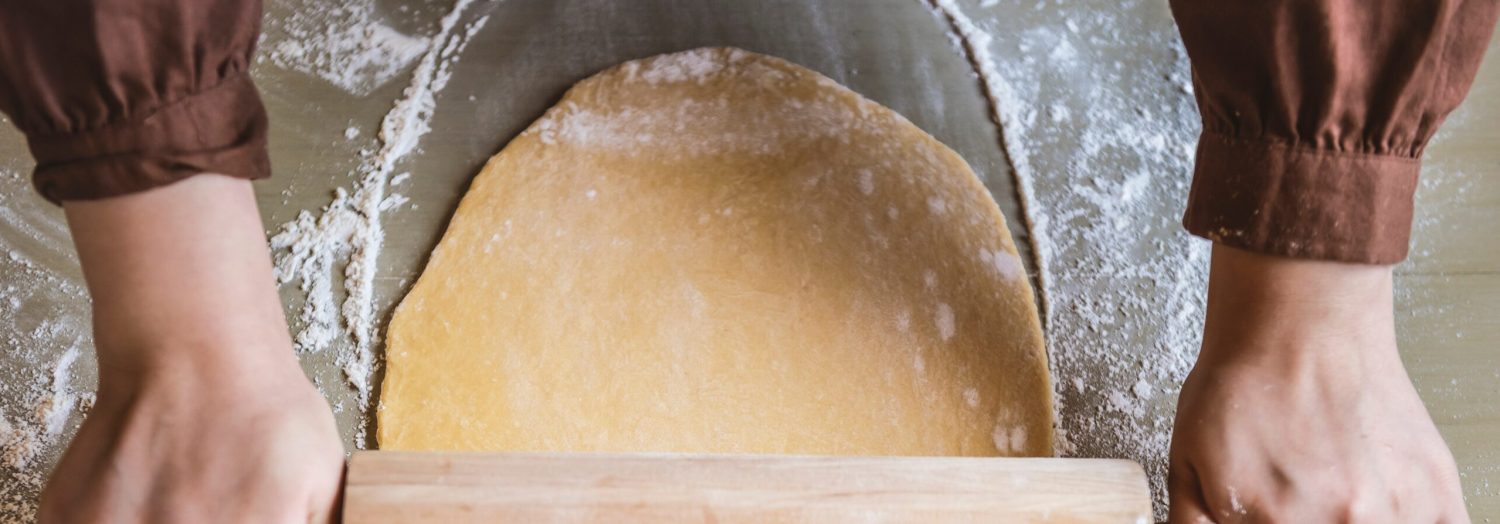Poaching an egg is a delicate and rewarding technique that results in a perfectly cooked egg with a runny yolk and tender whites. This Japanese-inspired method adds a touch of simplicity and elegance to your breakfast or brunch, making it a delightful addition to your culinary repertoire.
The ingredients for this recipe are quite simple and commonly found in most kitchens. However, if you don't usually keep vinegar at home, you might need to pick some up at the supermarket. Vinegar helps to coagulate the egg whites quickly, ensuring a neat and well-formed poached egg.

Ingredients For Japanese Poached Egg Recipe
Egg: The main ingredient, providing protein and richness.
Water: Used to create the poaching environment.
Vinegar: Helps to coagulate the egg whites quickly.
Technique Tip for This Recipe
To achieve the perfect poached egg, make sure the water is at a gentle simmer rather than a rolling boil. This helps the egg whites to cook evenly without becoming too tough. Adding vinegar to the water helps the egg whites coagulate more quickly, resulting in a neater appearance. When sliding the egg into the water, do it as close to the surface as possible to prevent the egg from breaking apart.
Suggested Side Dishes
Alternative Ingredients
large egg - Substitute with soft tofu: Soft tofu can mimic the texture of a poached egg and is a good option for those avoiding eggs.
large egg - Substitute with flaxseed egg: A mixture of ground flaxseeds and water can be used as an egg replacement, especially for vegans.
water - Substitute with vegetable broth: Vegetable broth can add additional flavor to the poaching liquid.
water - Substitute with dashi: Dashi, a Japanese soup stock, can enhance the umami flavor of the poached egg.
vinegar - Substitute with lemon juice: Lemon juice can provide the necessary acidity to help coagulate the egg whites.
vinegar - Substitute with rice vinegar: Rice vinegar has a milder flavor and is commonly used in Japanese cuisine.
Other Alternative Recipes
How to Store / Freeze This Dish
Allow the poached egg to cool completely before storing. This prevents condensation, which can make the egg watery.
Place the cooled poached egg in an airtight container. If storing multiple eggs, layer them with parchment paper to avoid sticking.
Store the container in the refrigerator. The poached egg will keep for up to 2 days.
To reheat, bring a pot of water to a gentle simmer. Submerge the poached egg in the simmering water for about 1 minute, just until warmed through.
For freezing, place the cooled poached egg on a baking sheet lined with parchment paper. Freeze until solid, about 2 hours.
Once frozen, transfer the poached egg to a freezer-safe bag or container. Label with the date and use within 1 month for best quality.
To reheat from frozen, thaw the poached egg in the refrigerator overnight. Then, follow the reheating instructions above.
How to Reheat Leftovers
Stovetop Method:
- Bring a pot of water to a gentle simmer.
- Carefully slide the poached egg into the simmering water.
- Heat for about 1 minute, just until warmed through.
- Remove with a slotted spoon and drain on a paper towel.
Microwave Method:
- Place the poached egg in a microwave-safe bowl.
- Add a small amount of water to cover the egg.
- Microwave on medium power for 20-30 seconds, checking frequently to avoid overcooking.
- Drain the water and serve immediately.
Sous Vide Method:
- Preheat your sous vide machine to 140°F (60°C).
- Place the poached egg in a vacuum-sealed bag or a ziplock bag using the water displacement method.
- Submerge the bag in the water bath for about 10 minutes.
- Remove the egg from the bag and serve.
Steaming Method:
- Fill a pot with a small amount of water and bring to a simmer.
- Place the poached egg in a steamer basket.
- Cover and steam for about 1-2 minutes, just until warmed through.
- Remove and serve immediately.
Best Tools for This Recipe
Pot: A medium-sized pot is needed to bring the water to a gentle simmer.
Slotted spoon: This will help you gently remove the poached egg from the water without breaking it.
Small bowl: Use this to crack the egg into before sliding it into the simmering water.
Paper towel: This is used to drain the poached egg after cooking, ensuring it is not watery.
Measuring spoon: A teaspoon is required to measure out the vinegar accurately.
How to Save Time on This Recipe
Prepare ingredients in advance: Measure out water and vinegar ahead of time to streamline the process.
Use fresh eggs: Fresh eggs hold their shape better, reducing the need for trimming.
Simmer, don't boil: Keep the water at a gentle simmer to ensure even cooking.
Crack eggs into a bowl: This makes it easier to slide the egg into the water smoothly.
Use a timer: Set a timer for 3-4 minutes to avoid overcooking.
Drain efficiently: Use a slotted spoon and paper towel to quickly drain the poached egg.

Japanese Poached Egg Recipe
Ingredients
Main Ingredients
- 1 large Egg
- 1 cup Water
- 1 teaspoon Vinegar
Instructions
- Bring water to a gentle simmer in a pot.
- Add vinegar to the water.
- Crack the egg into a small bowl.
- Gently slide the egg into the simmering water.
- Cook for about 3-4 minutes until the whites are set.
- Remove the egg with a slotted spoon and drain on a paper towel.
Nutritional Value
Keywords
More Amazing Recipes to Try 🙂
- Japanese Stir Fry Sauce Recipe10 Minutes
- Japanese Seaweed Rice Recipe30 Minutes
- Japanese Mustard Spinach Recipe15 Minutes
- Yaki Udon Recipe25 Minutes
- Japanese Roasted Vegetable Recipe45 Minutes
- Japanese Gratin Recipe50 Minutes
- Nikujaga Recipe45 Minutes
- Japanese Salmon Flake Recipe25 Minutes

Leave a Reply